Epidemiology of zoonoses amongst livestock and their keepers in East Africa

Zoonotic diseases are infections transmitted between animals and humans.They are a major group of pathogens, with a wide range of animal hosts. Domestic livestock (especially cattle) are an important source of rural livelihoods, but also a significant group of animal hosts for zoonoses. The intimate relationship between humans and their livestock results in risks of disease transmission. Some diseases are well known to influence each other, for example the HIV pandemic has been responsible for the re-emergence of human tuberculosis. In this project, it is hypothesised that livestock in lower state of health are more likely to be exposed to zoonoses, and that humans in a lower health state are also more likely to be exposed, depending on whether or not they keep their own domestic animals. Environmental, behavioural and social factors that might contribute to this exposure will be explored.
Wellcome Trust funded activity based in the School of Biological Sciences/Centre for Immunity, Infection and Evolution, University of Edinburgh, UK and jointly hosted by the International Livestock Research Institute, Nairobi, Kenya.
This is a multidisciplinary project funded by the Wellcome Trust (085308), and nicknamed the ‘PAZ’ project (People, Animals and their Zoonoses). The principal aim of the project is to understand the mechanisms that drive the transmission of zoonotic diseases between livestock reservoirs and humans, and contribute to the design of interventions to improve human and animal health.
PAZ benefits from collaboration with the International Livestock Research Institute (based in Nairobi) and the Government of Kenya Directorate of Veterinary Services. These collaborations provide, amongst many other benefits, access to a laboratory facility in the town of Busia, Western Kenya, from
where all field activities are managed.
The study area is within the small-holder mixed crop-livestock production system representative of much of the Lake Victoria basin, and comprising the highest human and livestock population densities in Eastern Africa. The study area includes a geographical gradation from the Lake Victoria shores in
the south to the lower slopes of the Mt Elgon uplands in the north.
PAZ project activities
There are two main arms to the PAZ project currently underway. The first is a large scale cross sectional survey targeting 2500 humans, 4500 cattle and 1000 pigs in the study site. In each randomly selected homestead, a comprehensive homestead level questionnaire is administered. All individuals are then given the opportunity to participate and a full individual level questionnaire is applied for each human, animal and pig (animal questionnaires administered to the owner). A full clinical examination is then carried out (by the medical team on the humans, by the veterinary team on the animals) and blood and faecal samples then taken. Ethical permission has been granted for this work by the Kenya Medical Research Institute. Samples are transferred to the laboratory for processing and storage the same day. On a 3 monthly basis, all samples are removed to the -80 biobank facility at ILRI, where a second level of diagnostic effort is applied, involving ELISA and PCR assays. Currently, ELISA and PCR is not run routinely in Busia, though this would be possible to organise if necessary. A full field protocol for this study is available on request from the PI. The second part of PAZ is due to start in December 2010/January 2011. This will be a longitudinal study of livestock zoonotic diseases, determining whether an improved health state in these animals impacts on their risk of acquiring zoonoses.
The PAZ activities also include environmental data collection – land cover data layers are being built, along side data layers on the hydrographical network. These are being used together with human and animal movement datasets which are being collected through side projects to understand the use of
and exposure to the physical environment by the individuals we are studying. Such data sets represent an effort to build a comprehensive understanding of the study site in more general terms that can be exploited by later projects.
Objectives/goals
To investigate the relationship between zoonoses in livestock and their keepers, including risk factors for exposure. The project asks whether non-zoonotic infections and general ill health in livestock and humans pre-disposes these populations to infection with zoonoses (through an immuno-suppressive effect).
Expected outputs
The findings will be synthesised to devise cost-effective interventions to improve disease control and development policy.
------------------------------------------------
 Further information is available from the PAZ project PI:
Further information is available from the PAZ project PI:
Eric Fèvre
Email: Eric.Fevre@ed.ac.uk (link sends e-mail)
The Zoonotic and Emerging Disease group studies a range of epidemiological issues revolving around the domestic livestock, wildlife and human interface





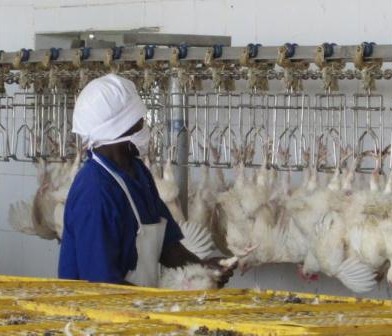


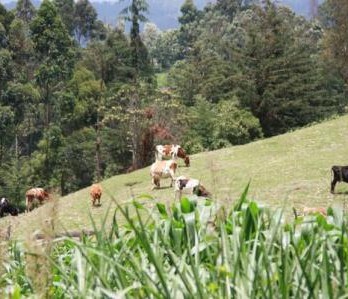

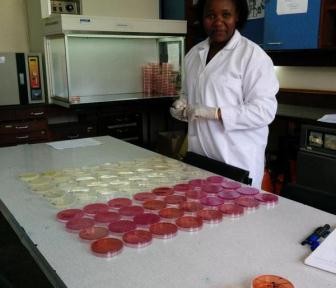

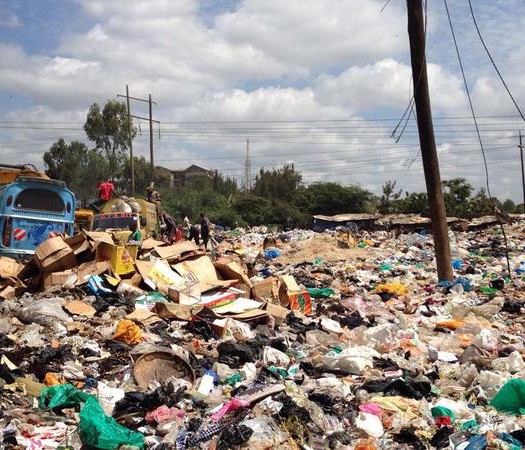






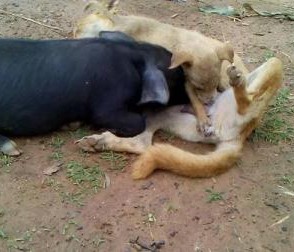
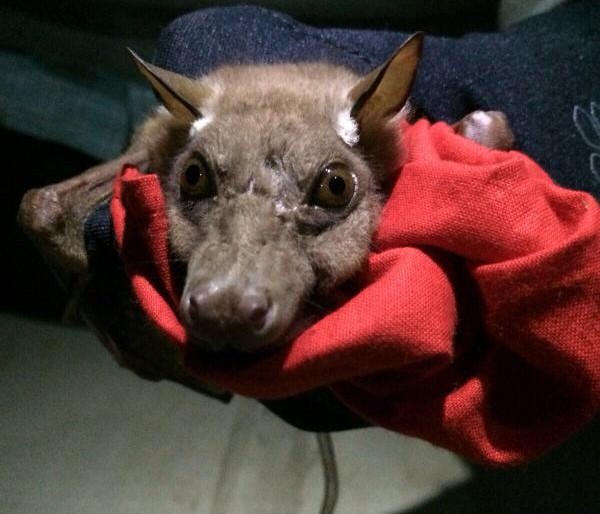
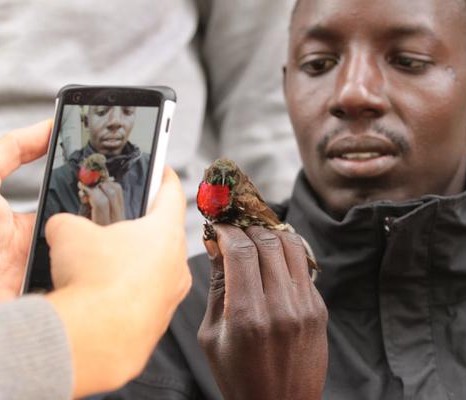
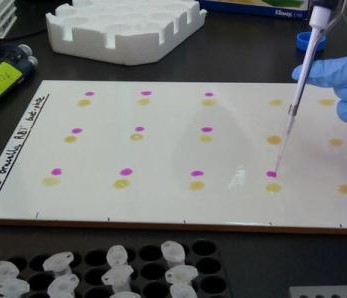

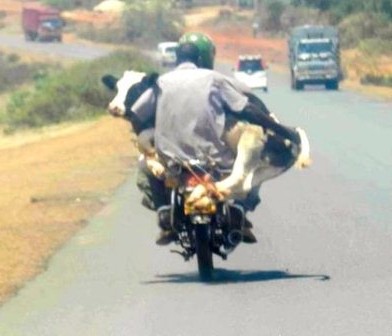

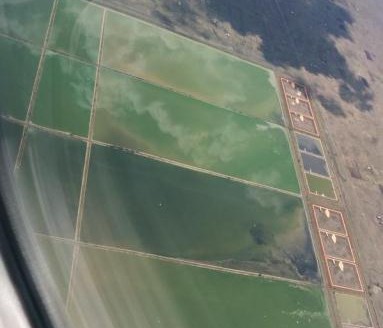
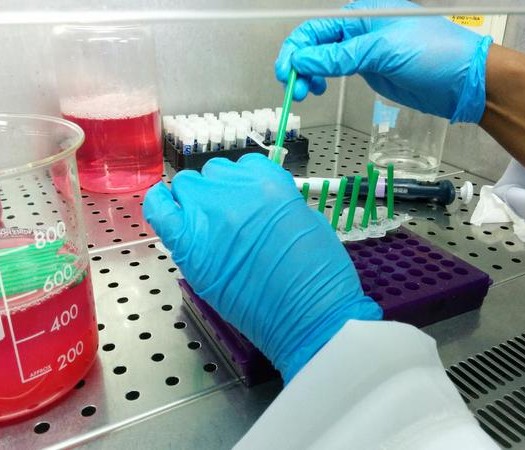

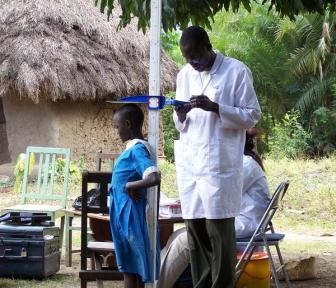
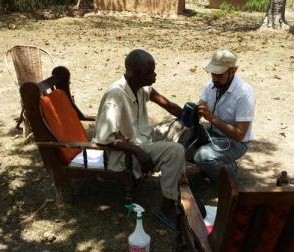


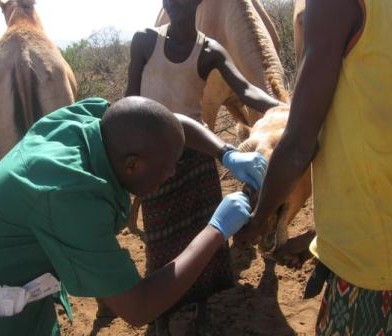

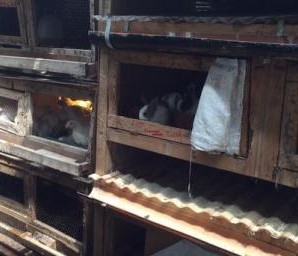

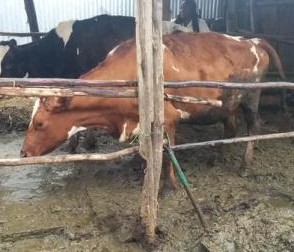

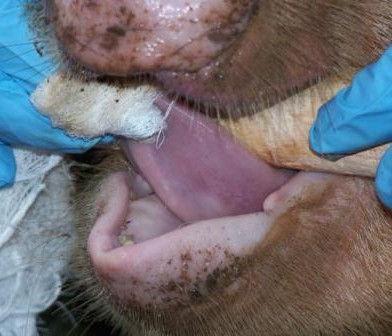
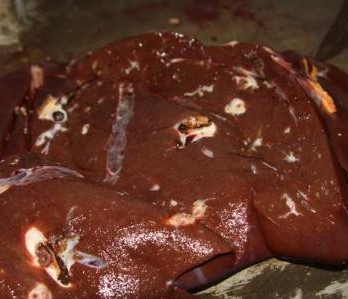

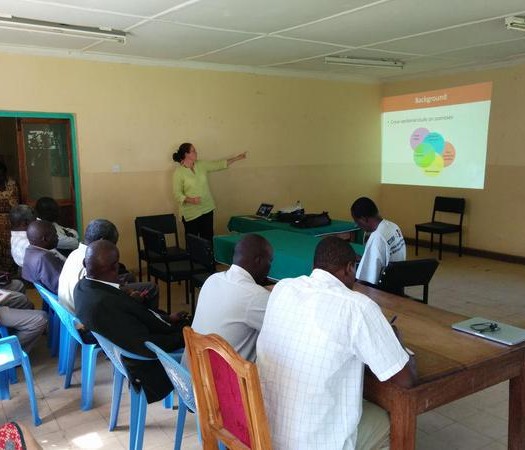

You must be logged in to post a comment.